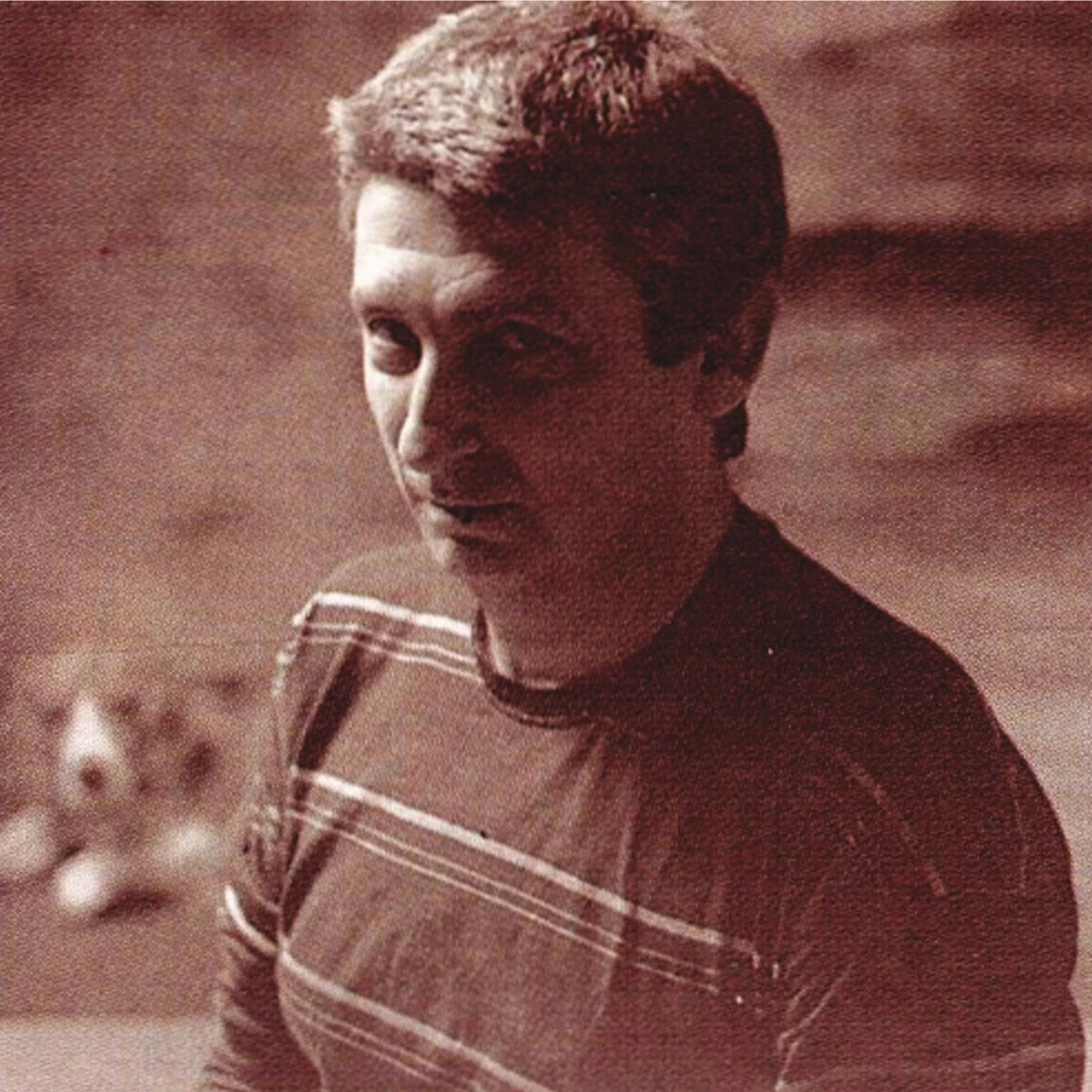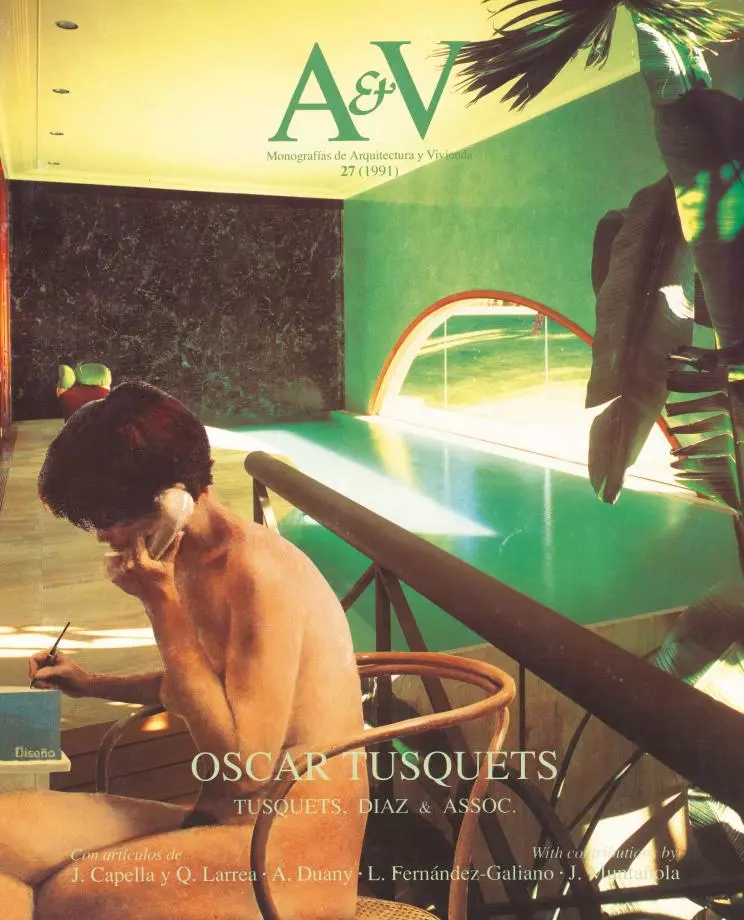
Al fifty, Oscar Tusquets has the retina of an old man and the reflexes of an adolescent; in the contrast between elderly sight and young muscle lie both his weakness and his genius. His visual culture is sparkling and panoramic: the product of a pupil that is aged, omnivorous and voracious. On the other hand, his atrocious vitality, which makes him aggressive and tender like a pup, yields a zigzagging, fugacious sensibility. Such multiple, variable personality has led him to frequent very diverse creative fields, all of which have fed his swift curiosity; but this same overflowing, generous dispersion has rendered his work as an architect an uncompleted project: a script still to be filmed.
The Tusquets of the eighties has lost that cheeky spontaneity of the Belvedere Georgina or the essential lyricism of the house at Pantelleria; two small great works, fruits of a twenty-year partnership with Lluís Clotet which would set expectations very high for both arch itects in their separate careers. Such instantaneous persuasion shows nowadays in his work as a designer: the sculptoric soldering of the Oronda teapot, the musical comfort of the Varius series and the reflection of the Victoria chinaware on the tablecloth are violent feats that hardly have counterparts in his architecture, always recherché, meticulous and excessive.
His imaginative agglomeration is expressed in his projects as a whole, and in each one of them. He has explored all variants of classicism: Mediterranean in Tula and Atlantic in Somosaguas; fundamental at the wine cellars of Sant Cugat and ‘chic’ at the restaurant of La Villette; postmodern in Japan and mannerist at the Palau; monumental in Montpellier, neo-realist at the Olympic Village and both things at Reus. It would do good to those who only see ties to Bofill in his work to remember the influence of Venturi, who sprinkles all his ‘uglinesses’ with irony, and those who relate Tusquets to the craft tradition and integration of the arts of the end of the century must also mention his surreal dimension, which makes an expected confusion of every new form.
This so very multitudinous Catalan is also Viennese and Parisian, Milanese and Venetian; he admires Ferrari coachbuilders and Alessi metalwork but takes his figurative repertory from the rugged vein of the fan and peineta and flaunts the emblem of a strain of fighting bulls; he is modernist and Dalinian, brutal and refined, a constructor and jeweller, seductive and irascible, insolent like a diva and clilligent like a good schoolboy. Though he venerates luxury, he works like a galley slave; he professes a preference for private clients, but some of his best architectures are for public ones; he wants to be popular and commercial, yet seeks no recognition with as much resolution as that of his peers.
I suppose the admiration of his colleagues depends on some consistence inform that so far he avoids or is denied him; and the market of brands characteristic of this fin-du-siecle similarly calls for recognizable signs. Whether or not Tusquets will have the willpower and drive to tame his inventiveness without losing the cheerful spontaneity of his objects remains to be seen; but his torrential ambition could very well yield his best script for architecture. In this ‘portrait of the artist as a young beast' I can only hope that things turn out that way.





